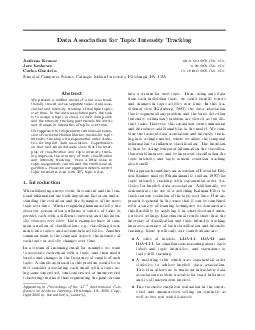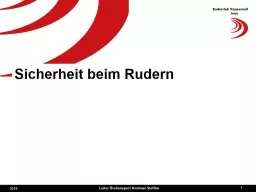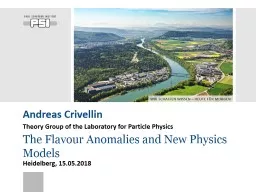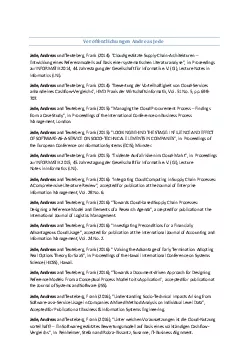PDF-Data Association for Topic Intensity Tracking Andreas Krause krauseacs
Author : phoebe-click | Published Date : 2014-12-19
cmuedu Jure Leskovec jurecscmuedu Carlos Guestrin guestrincscmuedu School of Computer Science Carnegie Mellon University Pittsburgh PA USA Abstract We present a
Presentation Embed Code
Download Presentation
Download Presentation The PPT/PDF document "Data Association for Topic Intensity Tra..." is the property of its rightful owner. Permission is granted to download and print the materials on this website for personal, non-commercial use only, and to display it on your personal computer provided you do not modify the materials and that you retain all copyright notices contained in the materials. By downloading content from our website, you accept the terms of this agreement.
Data Association for Topic Intensity Tracking Andreas Krause krauseacs: Transcript
Download Rules Of Document
"Data Association for Topic Intensity Tracking Andreas Krause krauseacs"The content belongs to its owner. You may download and print it for personal use, without modification, and keep all copyright notices. By downloading, you agree to these terms.
Related Documents










